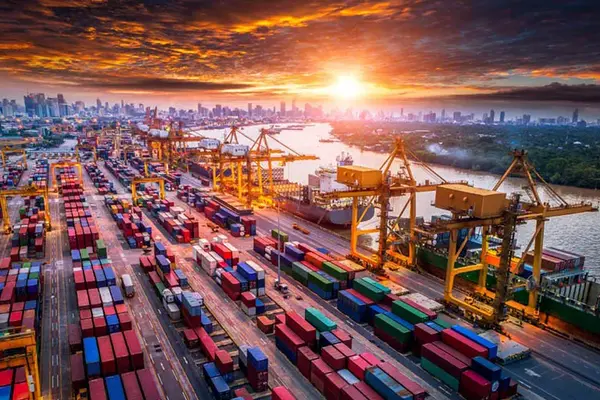

Table of Contents
Introduction to Hidden Freight Costs
Several developing trends have set the future of shipping freight. First, there is an emerging exponential usage of technology that makes this sector both effective and transparent. The advanced latest technologies including blockchain, IoT, and AI will smoothen operations and push the boundaries of advance real-time tracking capability for managing supply chains. These technologies help reduce costs and minimize delays; thus, making shipping reliable.
Another important focus is sustainability: with increased environmental awareness, companies are engaging in greener practices, including fuel alternatives and route optimization that reduce carbon emissions. This appeals to environmentally conscious consumers and appeals to regulatory demands.
The global freight market generates huge growth predictions that are influenced by the expansion of e-commerce and growing demands for fast delivery services. While e-commerce is booming, logistics companies are building infrastructure and investing in technology to keep up. Automation at warehouses and ports is set to be at the forefront of meeting demand even further and heightening efficiency.
The shipping industry is poised at the threshold of a technological revolution, with sustainability and efficiency as the basis. As these tendencies continue to develop, they will shape the way in which goods are moved across the globe, making the industry more flexible and responsive to changes in the market.
What Are Hidden Freight Costs?
Hidden freight costs are the costs that do not always come to the forefront whenever there is a shipment of goods. They include detention fees charged for holding containers too long, unexpected customs duties, or surcharges for fuel fluctuations. Added expenses can also come from poor packaging, which results in damage and additional handling fees, or from delays that create additional storage fees. Companies often do not provide for these in their budgeting, and these add a lot to the overall cost of shipping. Basically, ability to understand and identify the latent freight costs will definitely enable the company to improve its logistic efficiency and sustain profitability in its operations.

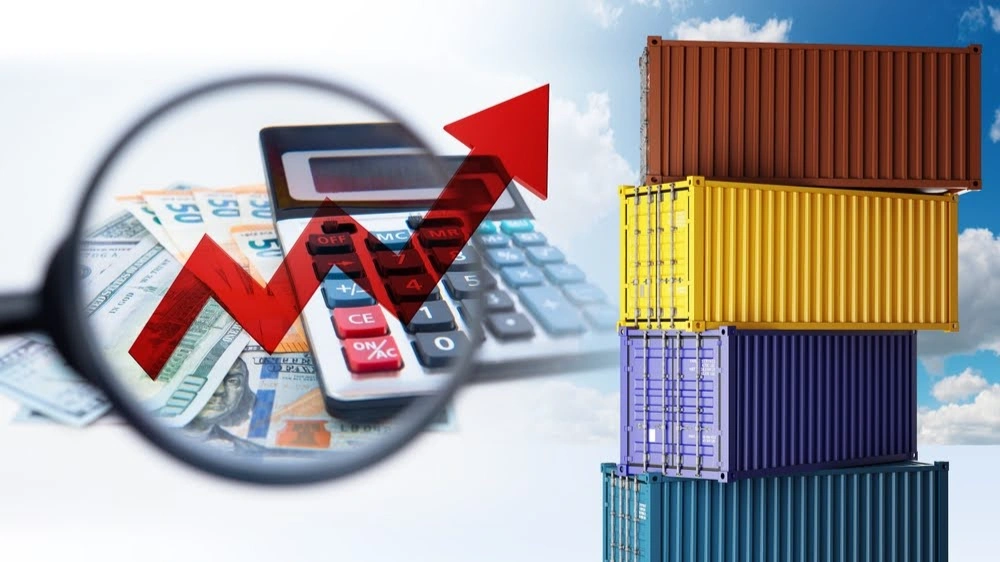
Why Understanding Hidden Freight Costs is Important?
Knowing these hidden freight costs is important to business enterprises that seek to retain budgetary control and enhance profitability. These costs can be very much inflating shipping expenses yet might not be so apparent until they hit the bottom line. By identification and analysis, these fees permit companies to make informed decisions about strategies in shipping, negotiate better rates, and enhance their overall logistics process, helping in better forecasting of expenses for cash flow improvement. Besides, all this cost awareness enables the business to upgrade their competitiveness by offering more accurate pricing to customers for better customer satisfaction and loyalty in the longer term.
Common Types of Hidden Freight Costs
Customs and Import Fees are taxes imposed on merchandise when they enter the border of a country. The rates depend upon the value and type of merchandise and its country of origin. These are important to execute the terms of the trade.
The documentation fees are paid for preparing, processing, and handling all kinds of shipping documents that may be required for shipment, which can include bills of lading, customs declarations, and certificates of origin. These charges are for making sure that all the documents presented are accurate and complete.
Port and Terminal Handling Charges: These include loading, unloading, and warehousing cargo in ships and terminals. The handling charges encompass labor and equipment to manage cargo efficiently at any point in transit.

Other Contributory Elements of Hidden Freight Costs
Geographical factors differ in regard to shipping cost and logistics due to distance, topography, and access to transportation. In that aspect, geographical locations where accessibility is not an issue will make the delivery fast or easily accessible. Nonetheless, remote locations might cost more regarding shipment rates.
Type of cargo and handling facility handles the level at which shipment of goods has to be done and stored. In such regards, fragile items, hazardous goods, and jumbo size cargo require specialized ways of handling, packaging, or equipment used for their movement, which tells on their shipment cost and logistics.
Mode of Transportation: Ocean, air, rail, and road are the various modes of transportation that are available for the movement of goods. Each of these modes has different costs, speeds, and capacities. It influences shipping decisions based on urgency and budget.
Change in Regulatory Compliance: Shipping operations may be influenced by changes in regulatory compliance. New regulations may mean additional documentation, more inspections potentially, or fees. This could influence total costs and efficiency. It is important to stay updated with notices about these changes for easy logistical operations.

Hidden Freight Costs: How It Affects Your Business
Increased Shipping Costs may be due to one or more of these causes: increased fuel costs, increase in surcharging, and changes in regulations. All these higher costs weigh heavily on the business and hence, call for effective logistics management to sustain competition.
Whenever there is a rise in shipping expenses without a proportionate increase in the sales prices, reduced profit margins occur. Where this cannot be passed to the customers by the businesses, the shrinkage hits at the overall financial health. Companies have to find ways of cutting costs or increasing efficiency to protect their margins.
Since this concealed freight cost may raise the cost of shipment, the effect on customer satisfaction and pricing strategy may be huge. Increasing shipping cost may mean passing it on to the consumer, which might cause dissatisfaction. The proper balance that companies need to find between competitive pricing and shipping cost is essential in retaining the customers and securing customer loyalty while still reaping a profit.
Hidden Freight Costs-How to Avoid Them
Negotiate open pricing with the carriers themselves: this means being very upfront and transparent with the shipping partners over prices and charges. Stronger relationships mean better prices, and transparency about what one pays for. This makes budget estimates even more realistic.
Utilize Technology and Freight Management Tools: Knowing how to use technology and freight management tools will help smoothen your operations in logistics. Execute real-time tracking, documentation automation, and shipping data analysis using software solutions for better efficiency and reduced chances of error.
The selection of the correct mode and route is an act of balancing between cost and delivery speed. Modes of transport, be it by air, sea, or something entirely different, come with different costs and times of transit; finding the right mix can make or break overall expenses.
The concept of Consolidating Shipments to Reduce Costs means that more than one order is shipped in one shipment. This way, it minimizes freight charges by the utilization of maximum container space and trip reductions, which result in large savings of transportation cost.
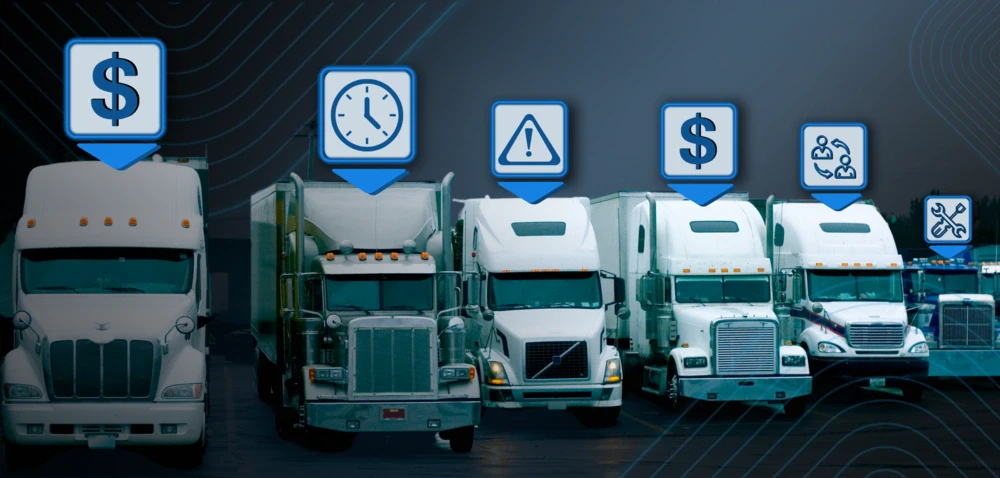
The Role of Freight Forwarders in Managing Hidden Costs
The freight forwarder will, therefore, play a major role in managing the hidden costs of shipping. They are middlemen between the shippers and the carriers who apply their know-how in identifying and mitigating unexpected expenses. With an intimate knowledge of shipping logistics, freight forwarders will be able to help businesses prepare for most of these potential added costs, from customs duties to documentation and accessorial charges.
They can provide very important insights on how to ship better, ensuring that penalties for non-compliances do not arise. Regarding this, the freight forwarders can negotiate better rates with the carriers due to their various connections in the industry, thus helping to reduce the overall shipping costs. Further, the ability to consolidate shipments and optimize routes brings down hidden expenses even more, leading to better overall efficiency and cost savings for businesses.

How to Choose a Reliable Freight Forwarder
Choosing a reliable freight forwarder involves several key steps.
Research and Reviews:
Look for freight forwarders with solid reputations. Check online reviews, testimonials, and industry ratings to gauge their reliability and service quality.
Experience and Expertise:
Consider their experience in your specific industry and their knowledge of the shipping routes relevant to your needs. An experienced forwarder can navigate potential challenges more effectively.
Services Offered:
Ensure the forwarder provides a comprehensive range of services, including customs clearance, warehousing, and cargo insurance. This can simplify logistics and reduce the need for multiple vendors.
Communication:
Choose a forwarder that prioritizes clear communication. They should be responsive and provide regular updates on shipment status.
Transparent Pricing:
Look for a forwarder that offers transparent pricing with no hidden fees. Understand their fee structure to avoid unexpected costs.
Network and Resources:
A strong global network with established relationships in shipping can lead to better rates and reliability.
Certifications and Compliance: Verify that the forwarder is licensed and compliant with industry regulations, which can protect you from legal issues.
Customer Support:
Assess the quality of their customer support. A reliable forwarder should offer assistance in case of issues or emergencies.
By carefully evaluating these factors, you can choose a freight forwarder that meets your shipping needs effectively and efficiently.

In conclusion, hidden freight costs can significantly impact a business’s bottom line, making it crucial for companies to identify and manage these expenses effectively. Factors such as fuel surcharges, customs fees, and accessorial charges can accumulate unnoticed, leading to budget overruns and reduced profit margins. By working with knowledgeable freight forwarders, utilizing technology, and maintaining transparent pricing with carriers, businesses can mitigate these hidden costs. Understanding the various components of freight expenses allows for better budgeting, improved logistics strategies, and enhanced customer satisfaction. Ultimately, proactively addressing hidden costs is essential for achieving a competitive edge in the shipping industry.
FAQ
The article discusses the hidden costs that importers may face in the freight forwarding industry and provides solutions to avoid them.
Typical hidden freight costs include costs imposed by suppliers, duty and tax, intermediary company fees, customs clearance fines, and extra delivery costs.
Occasional hidden freight costs may include storage fees, inspection fees, EXW terms, and signature service fees.
Solutions to avoid hidden freight costs include getting help from professional freight forwarder companies, using clear contracts that explicitly state fees, and using FOB terms. The article also provides tips on how to prepare for the freight process and avoid delays.
One should be careful when choosing a freight forwarder company because most companies use old-fashioned approaches that may not be effective due to constantly changing rules and regulations.

TopShipping
With years of experience in logistics and freight forwarding, the author is passionate about making shipping smoother and more efficient.
As a leader at TopShipping, they’ve developed a deep understanding of supply chain management, international shipping rules, and creative logistics solutions. They’re driven by a desire to help businesses succeed by delivering reliable, customer-focused services.
Over the years, they’ve also shared their expertise by writing for various industry publications, offering practical tips and insights on the latest trends in logistics. Thanks to their leadership, TopShipping has become a trusted name for companies looking for hassle-free global freight solutions.
Comment Section
Comment
Write your idea about "Hidden freight costs which you can avoid them!"


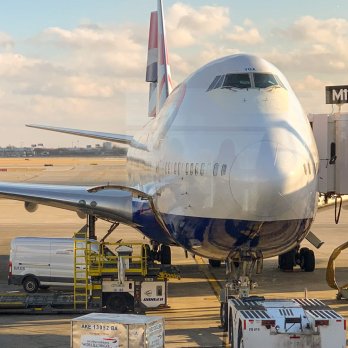

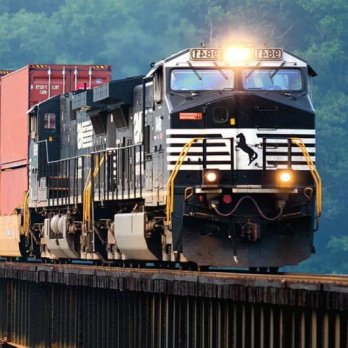
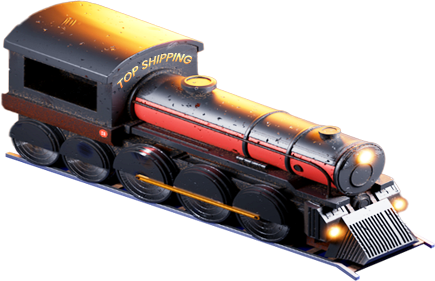
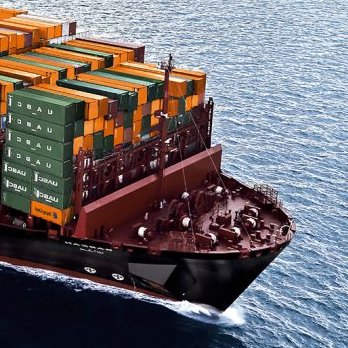
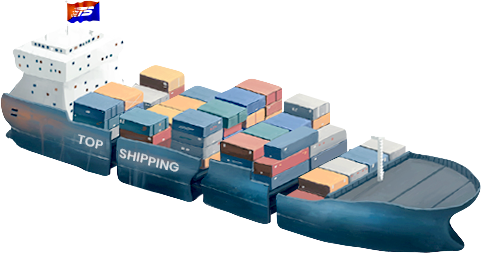
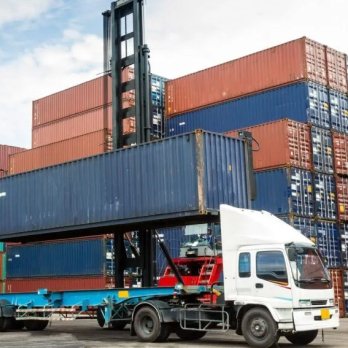
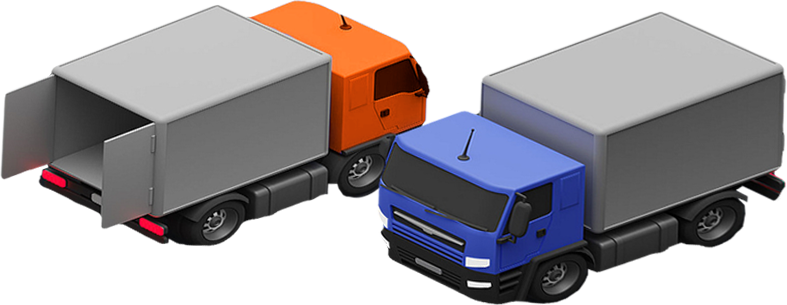
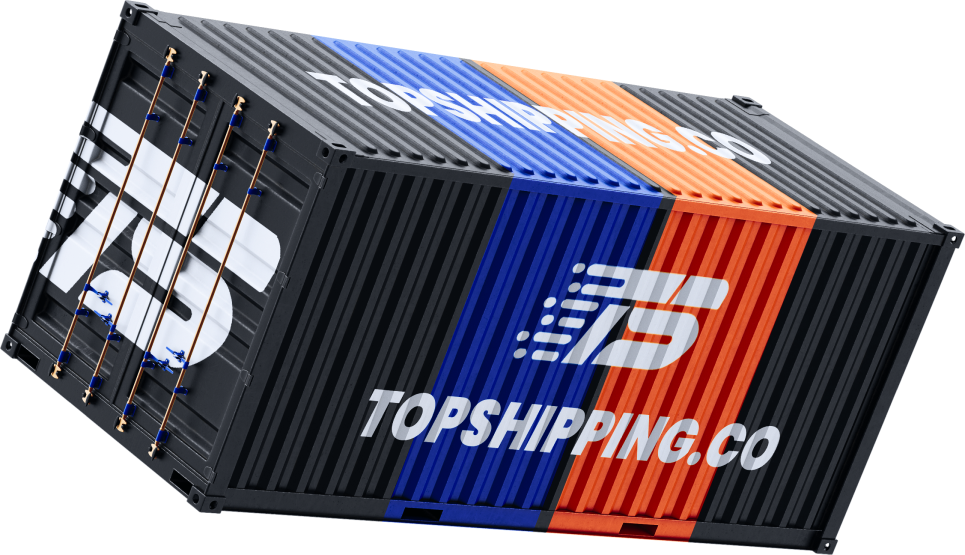
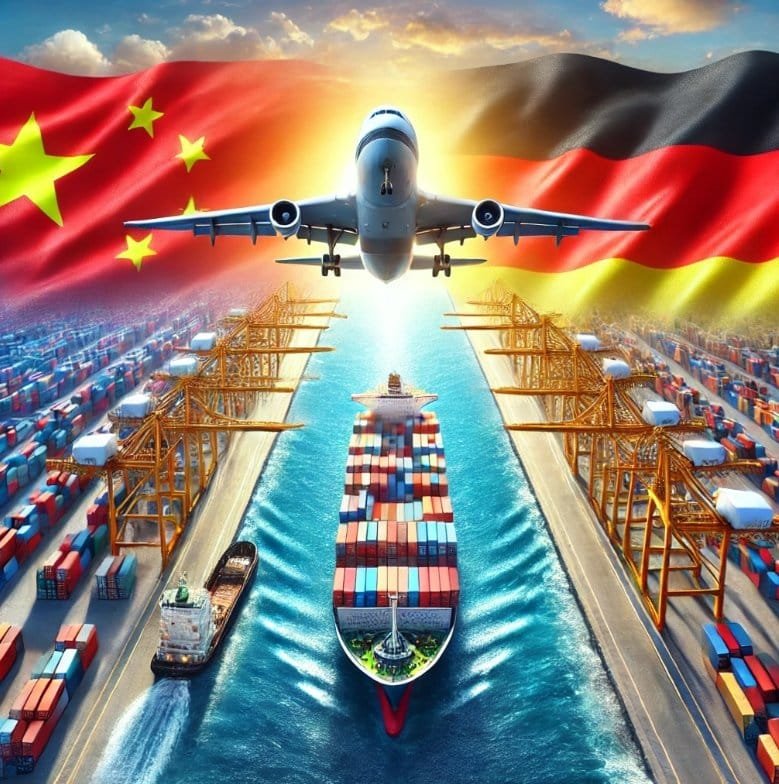




No comments yet.